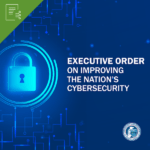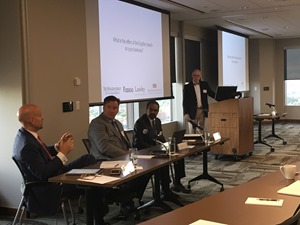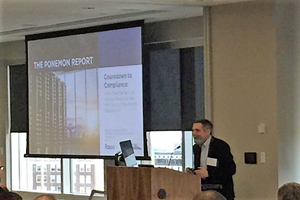
- Mergers and acquisition (M&A) activities pose major document protection challenges for all parties involved. Leaked or stolen data has caused bidding wars, broken deals, cost millions of dollars in damages, and ruined reputations. How can M&A teams ensure maximum document security without impeding productivity? * Merger and acquisition teams typically range in size from a handful of members in smaller or medium-sized organizations to several hundred internal contributors at enterprise scale. That’s on the...
- Mergers and acquisition (M&A) activities pose major document protection challenges for all parties involved. Leaked or stolen data has caused bidding wars, broken deals,...







